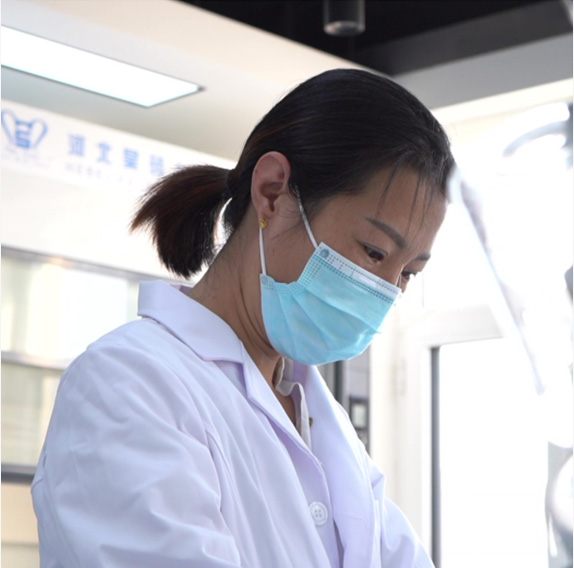We often adhere to the concept of "quality first, reputation first". We are fully committed to providing our customers with quality products at competitive prices, timely delivery and experienced support for Different Grades MHEC,Hydroxypropyl Methylcellulose Supplier,Wholesale Chemical HPMC. We sincerely welcome customers at home and abroad to come to consult, long-term cooperation and common development. We firmly believe that we can do better and better. The product will supply to all over the world, such as Rwanda ,Malta ,Singapore ,India ,Indonesia . We supply skilled service, prompt reply, timely delivery, excellent quality and best price to our customers. When the products are ready, we should turn to pack them. Our customers are from all over the world, when we ship the goods to them, many of the sail schedule is long to 1 month or more, it will bear temperature, sea water, cracking and other troubles. To guarantee the products our customers received are complete and in perfect condition, we have a strong and firm package.Our aim is to provide quality products within the stipulated time. Find one of the largest online selections of discount doors** on sales. Our ** for sale feature the same top brand but at very low prices.
Application
Quick Find
Faq
What are the differences between HPMC and MC?
Why does hydroxypropyl methylcellulose (HPMC) have an odor?
What is the application of HPMC in putty powder, and what causes the formation of bubbles in putty powder?
What is the dosage of Hydroxypropyl Methylcellulose (HPMC) in putty powder?
News
06
Mar., 2025
Haoshuo appeared at Interlakokraska 2025 bringing HPMC to explore the Eurasian market
Hebei Haoshuo Chemical Co., Ltd. will be present at the Moscow International Paint and Coatings Industry Exhibition (Interlakokraska 2025) from March 18 to 21, 2025, with booth number 21C80.
28
Feb., 2025
From February 23 to 25, 2025, Hebei Haoshuo Chemical Co., Ltd. appeared at the Cairo Paints Exhibition in Egypt, Middle East, and shined at this international event with excellent products and services.
18
Feb., 2025
HEC Powder Uses | Industrial-Grade Hydroxyethyl Cellulose Solutions
Discover how HEC powder products enhance paints, construction materials, pharmaceuticals & cosmetics. Trusted supplier, bulk pricing, ISO-certified. Request free samples!
05
Feb., 2025
The 2025 Egyptian Coatings Show, which has attracted the attention of the global chemical industry, will be grandly opened at the Cairo International Exhibition Center in Egypt from February 23 to 25.

Request a Quote
+ 86 181 3228 9294

Get in Touch
Interested in how our HPMC can enhance your personal care formulations? Contact us to request a free sample and experience the superior quality of our cellulose ether products.